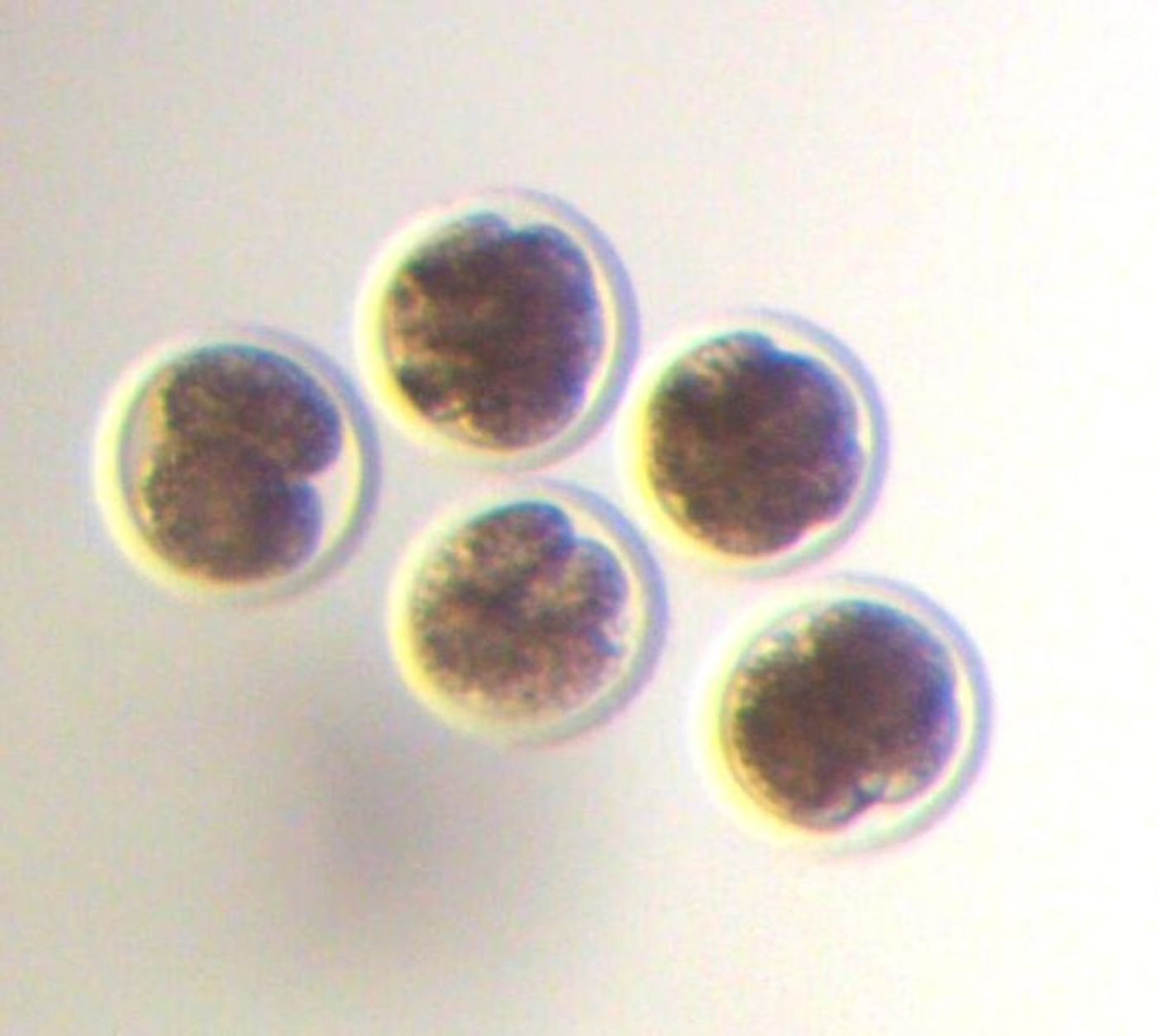Chimeric organisms are ones that are made up of cells or tissues from more than one individual, most commonly thought of as bizarre animal combinations or science experiments. However, errors during human development can also lead to chimeric embryos, which in turn can lead to birth defects.
Interesting cases of human chimerism include a 1976 woman with two different blood types, and later a man who appeared phenotypically normal but who also carried feminine XX cells in his skin and other tissues (
The-Scientist). While these ostentatious cases are indeed examples of chimerism, the effects of this developmental error are not always so forthcoming. Until genetic technology specific enough to detect chimerism in the DNA was developed, cases of chimerism were only recognized when people showed physical signs.
A new study from the Cold Spring Harbor Laboratory and KU Leuven, published in
Genome Research, looks at the fine details of human genetic chimerism, described by
The Scientist as an individual carrying two or more genetically distinct cell lines in different parts of his or her body. While scientists in the past knew that abnormal chromosome combinations, either from two eggs and one sperm or two sperm fertilizing a single egg, research from this new study shows that chimeric embryos can result from normal, error-free fertilization.
While not all cases of chimerism result in hermaphroditic embryos or hair and skin discoloration later in life, having different cell lines in the tissues and organs can seriously matter in situations like finding organ donors.
The current study involved scientists conducting
in vitro fertilization (IVF) in cows to examine the various chromosomal changes that arise in single embryonic cells as a result of errors during early development. Scientists quickly saw a large percentage of embryos with at least one cell with whole or partial gains or losses of chromosomes.
The researchers used a method they developed themselves to examine chromosomal origins and other details, called haplarithmisis, from 23 embryos. Nearly 75 percent of these embryos had at least one cell containing partial or whole chromosome abnormalities. Additionally, 39 percent of all embryos experienced some sort of fertilization error that led to mutations in entire sets of embryos.
This study was the first to show that normal fertilization can result in chimeric embryos.
"Knowing this might occur may improve approaches for embryo selection and ultimately the success of IVF/preimplantation genetic diagnosis,” said senior author Joris Vermeesh, from KU Leuven.
Source:
Cold Spring Harbor Laboratory









